3Rs of Sustainability for Plastic Bottle
Plastic bottles are widely used in outdoor, travel, and adventure industries due to their convenience, durability, and lightweight nature. However, their environmental impact is severe—contributing to plastic pollution, overflowing landfills, and harming marine and terrestrial ecosystems.
Table of Contents
ToggleUnderstanding the 3Rs of Sustainability for Plastic Bottles—Reduce, Reuse, and Recycle— is crucial in minimizing their negative effects. By adopting sustainable alternatives and responsible waste management practices, we can significantly lower their carbon footprint and protect the planet.
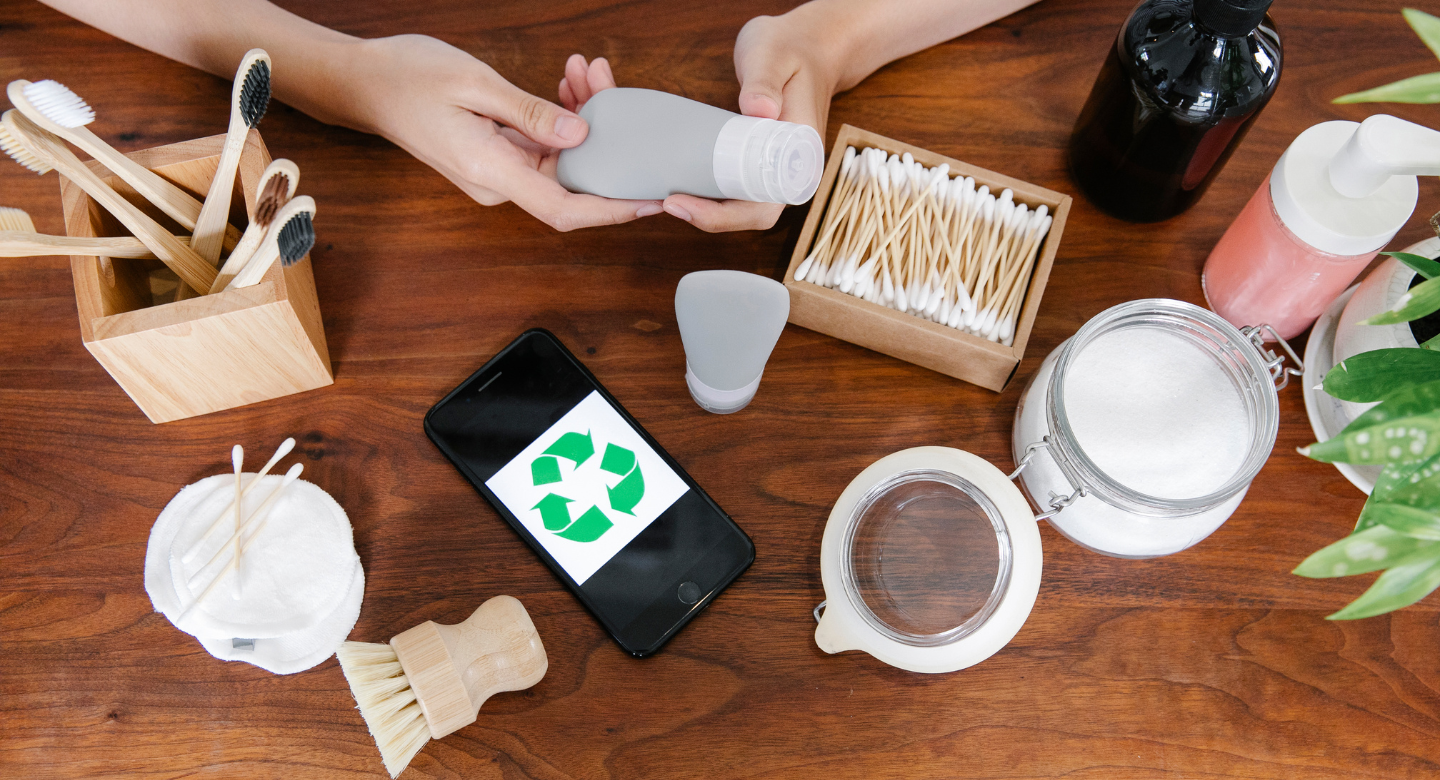
In this blog, we will explore:
- The importance of the 3Rs in reducing plastic waste
- Regulatory insights and industry standards for plastic bottle sustainability
- The carbon footprint of plastic bottles throughout their lifecycle
- How individuals and businesses can contribute to a circular economy
By adopting the 3Rs of sustainability for plastic bottles, we can move toward a greener future while still enjoying the benefits of hydration on the go. Let’s dive in!
Why Sustainability Matters in Travel and Tourism
- Outdoor lovers frequently travel to untouched natural sites where the buildup of plastic waste can become extremely negative.
- Single-use plastic water bottles rank among the most frequently encountered waste materials during clean-up campaigns.
- Promoting sustainability in outdoor activities ensures that natural scenery is maintained and human activity on the earth is minimized.
The Role of the 3Rs (Reduce, Reuse, Recycle)
Plastic bottles are everywhere—they’re cheap, lightweight, and convenient. But their impact on the planet is massive, from overflowing landfills to ocean pollution. The 3Rs of sustainability for plastic bottles—Reduce, Reuse, and Recycle—offer simple yet powerful solutions to tackle plastic waste.
Reduce
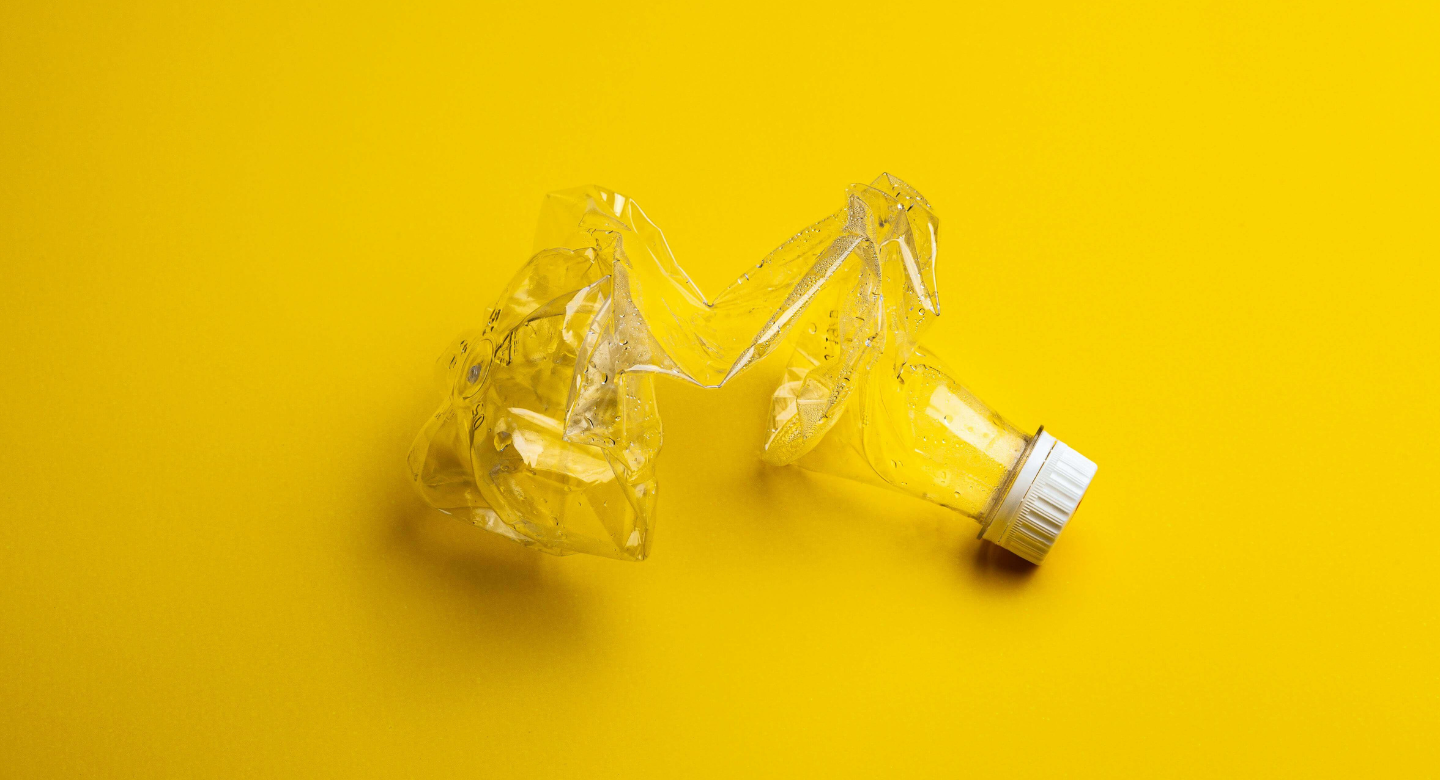
The best way to cut down on plastic waste is to use less of it in the first place. Plastic bottles may be convenient, but they take centuries to break down, harming wildlife and polluting our environment. Choosing reusable water bottles, opting for glass or metal alternatives, and supporting brands that use eco-friendly packaging can significantly reduce plastic waste.
How to Minimize Waste Generation from Plastic Bottles
- Use reusable bottles: Switch to stainless steel, glass, or collapsible silicone bottles.
- Refill instead of rebuying: Carry a refillable bottle and use water refill stations.
- Filter your water Invest in a water purifier or portable filtration system.
- Support eco-friendly businesses: Choose brands that offer refills instead of selling plastic bottles.
Eco-Friendly Alternatives
- Plant-based bottles are Made from materials like bamboo or biodegradable plastics.
- Durable options: Stainless steel or glass bottles last for years.
- Collapsible silicone bottles: Lightweight and easy to carry for travel or trekking.
Sustainable Production Practices
- Brands utilizing recycled plastics (e.g., rPET) to produce new bottles.
- Companies use bio-based plastics derived from renewable resources.
- Reducing plastic usage in packaging and transportation.
Reuse
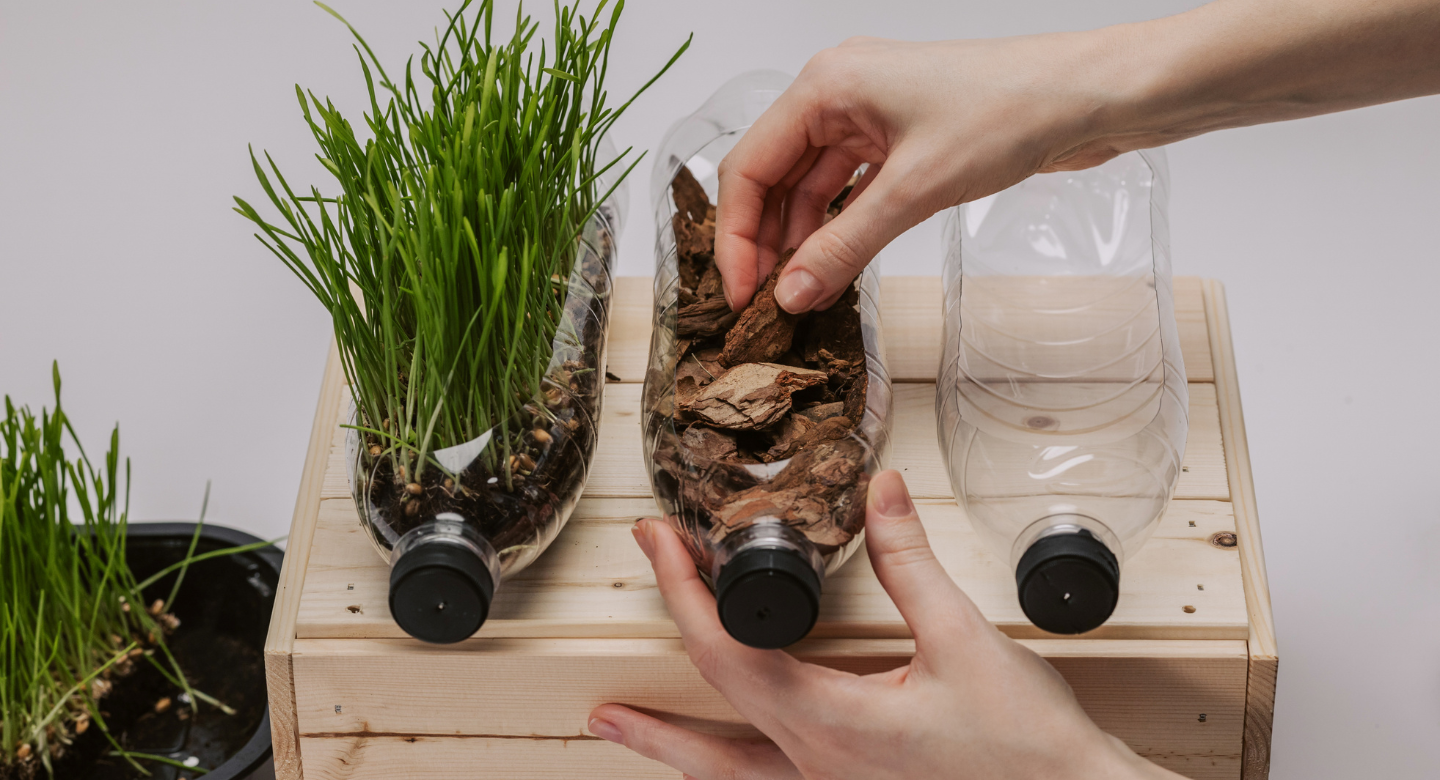
Instead of tossing plastic bottles after a single use, find ways to reuse them. Refill and reuse them for water, turn them into storage containers, or use them for DIY projects like plant pots. The longer we use a plastic bottle, the less demand there is for new ones—helping to cut down on production and waste.
How to Reuse Plastic Bottles
- Refill and reuse: If you must use plastic bottles, clean and refill them multiple times before discarding them.
- Repurpose them at home: Turn bottles into plant pots, storage containers, or bird feeders.
- DIY projects Use plastic bottles for arts and crafts, home décor, or eco-friendly planters.
- Outdoor use: Convert bottles into camping essentials like water filters, mini-greenhouses, or emergency funnels.
Creative Reuse Ideas
- Vertical garden Cut and stack bottles to grow herbs or small plants.
- Handwash stations: Use bottles to create portable water dispensers for outdoor trips.
- Organizers Store small items like pens, screws, or makeup.
By reusing bottles in practical and creative ways, we reduce waste and lower our environmental impact.
Recycle
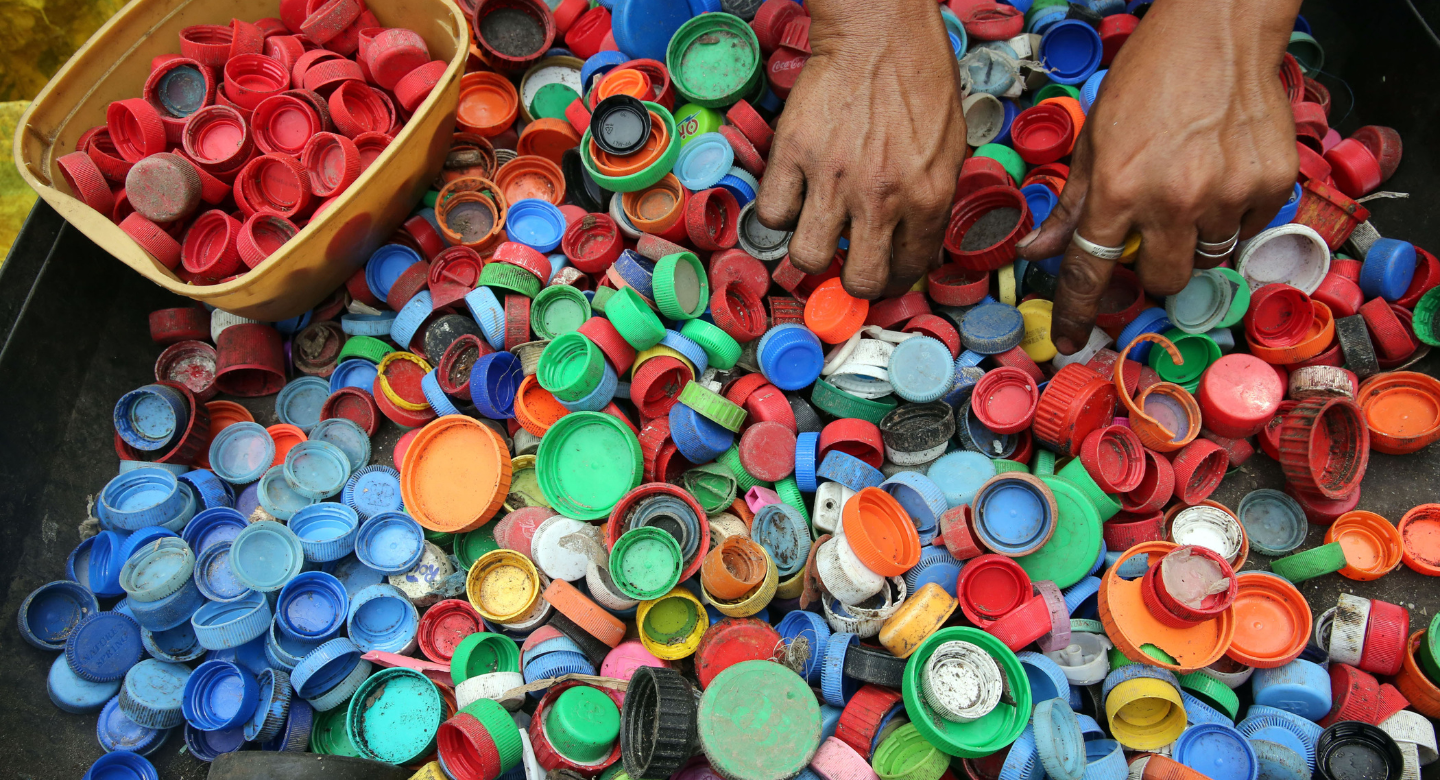
When plastic bottles can’t be reused anymore, recycling is the next best option. Proper recycling keeps plastic out of landfills and oceans, allowing it to be repurposed into new bottles, clothing, or other products. Always check recycling labels and dispose of bottles in the right bins to ensure they get processed correctly.
How to Recycle Plastic Bottles Responsibly
- Separate and clean: Rinse bottles and remove labels before placing them in recycling bins.
- Use recycling bins Always dispose of plastic in designated recycling bins, not general waste.
- Know your recycling codes: Some plastics (like PET bottles) are widely recycled, while others are not.
How Recycling Helps the Environment
- Saves energy Recycling plastic takes less energy than producing new plastic.
- Reduces pollution: Less plastic waste means fewer toxins in air, soil, and water.
- Creates new products Recycled plastic is used to make clothes, furniture, and even roads!
Encouraging a Recycling Culture
- Support brands that use recycled plastic in their products.
- Join or organize community recycling drives.
- Spread awareness about proper recycling methods.
By following the 3Rs of sustainability for plastic bottles, we can all play a part in reducing pollution and protecting the planet.
Regulatory Insights & Industry Standards in India

- Bureau of Indian Standards (BIS): BIS sets quality and safety rules for plastic bottles, ensuring they are made from safe materials like PET and PP. They also check that harmful substances like heavy metals don’t leak into the contents.
- Food Safety and Standards Authority of India (FSSAI): FSSAI ensures that plastic bottles used for food and drinks are safe. Recently, they allowed the use of recycled plastic for food packaging, as long as it meets strict safety standards.
- Extended Producer Responsibility (EPR): Companies that produce or sell plastic bottles must now take responsibility for recycling them. They need to meet targets for reusing and recycling plastic to reduce pollution.
- State-Level Initiatives Some states, like Sikkim and Bihar, have banned plastic water bottles in government events to cut down on waste. These efforts push for eco-friendly alternatives and less plastic use.
Carbon Footprint Analysis of a Single Plastic Bottle
Every plastic bottle goes through a life cycle that contributes to carbon emissions. Understanding its carbon footprint can help us make more sustainable choices. Here’s a breakdown of the emissions at each stage:
Step 1: Raw Materials (Making the Plastic)

- What happens?
Crude oil and natural gas are extracted from deep underground using drilling and fracking. These raw materials are then transported to refineries, where they are processed into chemicals that can be turned into plastic. This process requires a lot of energy and resources.
- Carbon impact?
Extracting crude oil and natural gas is energy-intensive and releases large amounts of carbon dioxide (CO₂) into the atmosphere. Transportation of these raw materials to refineries also burns fuel, adding to the emissions. The refining process itself generates pollution and contributes to climate change.
CO₂ Emissions: 100g CO₂ per bottle
Step 2: Manufacturing the Bottle
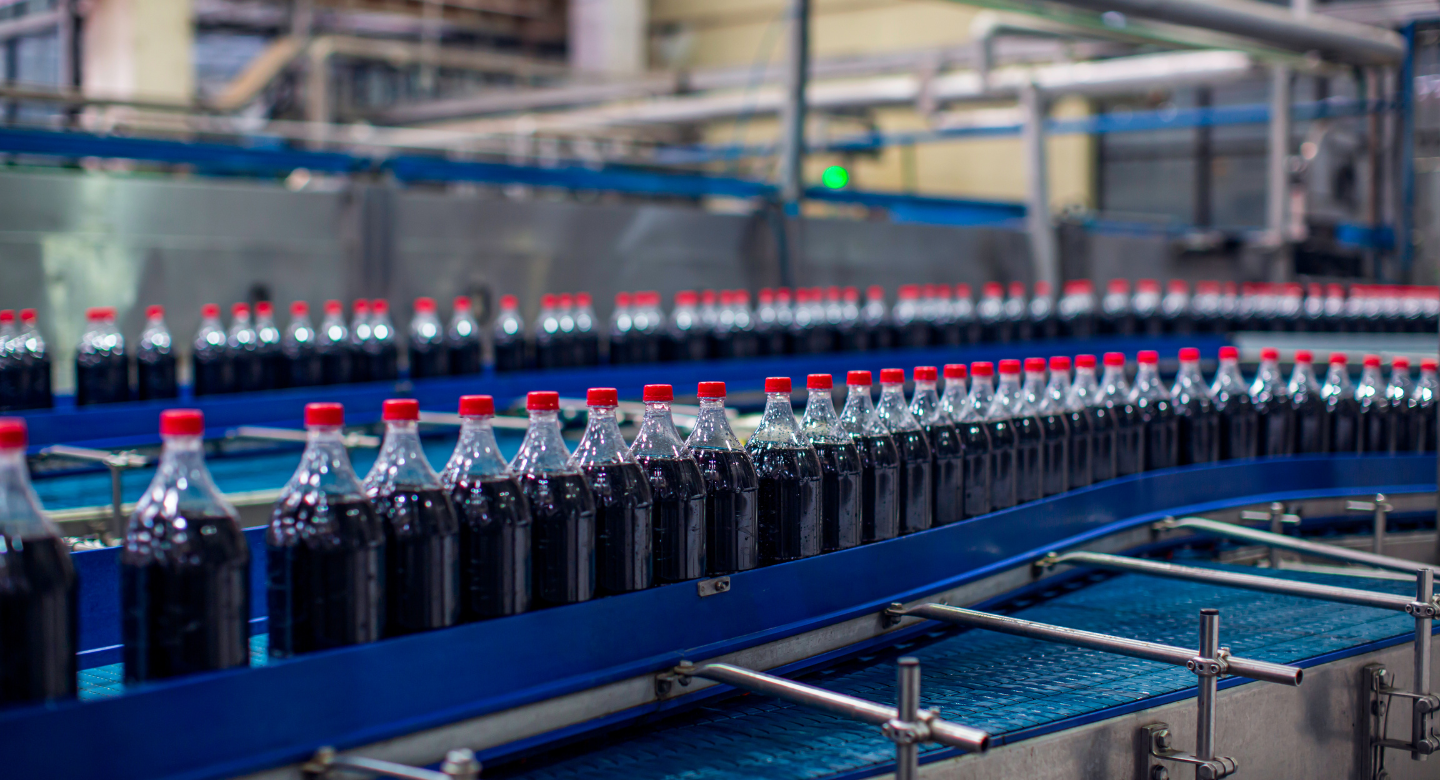
- What happens?
Once the raw plastic is ready, factories heat it until it melts. Then, machines shape it into bottles using molds. After that, the bottles are cooled, trimmed, and prepared for packaging. This entire process takes place in large manufacturing plants that run 24/7.
- Carbon impact?
Manufacturing requires high temperatures, which means a lot of energy is used. Most factories still rely on fossil fuels like coal, oil, or natural gas to generate electricity. The more bottles produced, the more energy is consumed, leading to increased CO₂ emissions.
CO₂ Emissions: 50g CO₂ per bottle
Step 3: Transportation

- What happens?
After production, plastic bottles need to be delivered to stores, vending machines, and warehouses. This is done using trucks, ships, trains, or planes. The farther the bottles have to travel, the more fuel is burned.
- Carbon impact?
Transportation burns gasoline and diesel, releasing CO₂ into the atmosphere. Trucks traveling long distances on highways, cargo ships crossing oceans, and airplanes flying across countries all add to the carbon footprint. Even local delivery by small vehicles still has an impact.
CO₂ Emissions: 30g CO₂ per bottle (varies based on distance)
Step 4: Usage
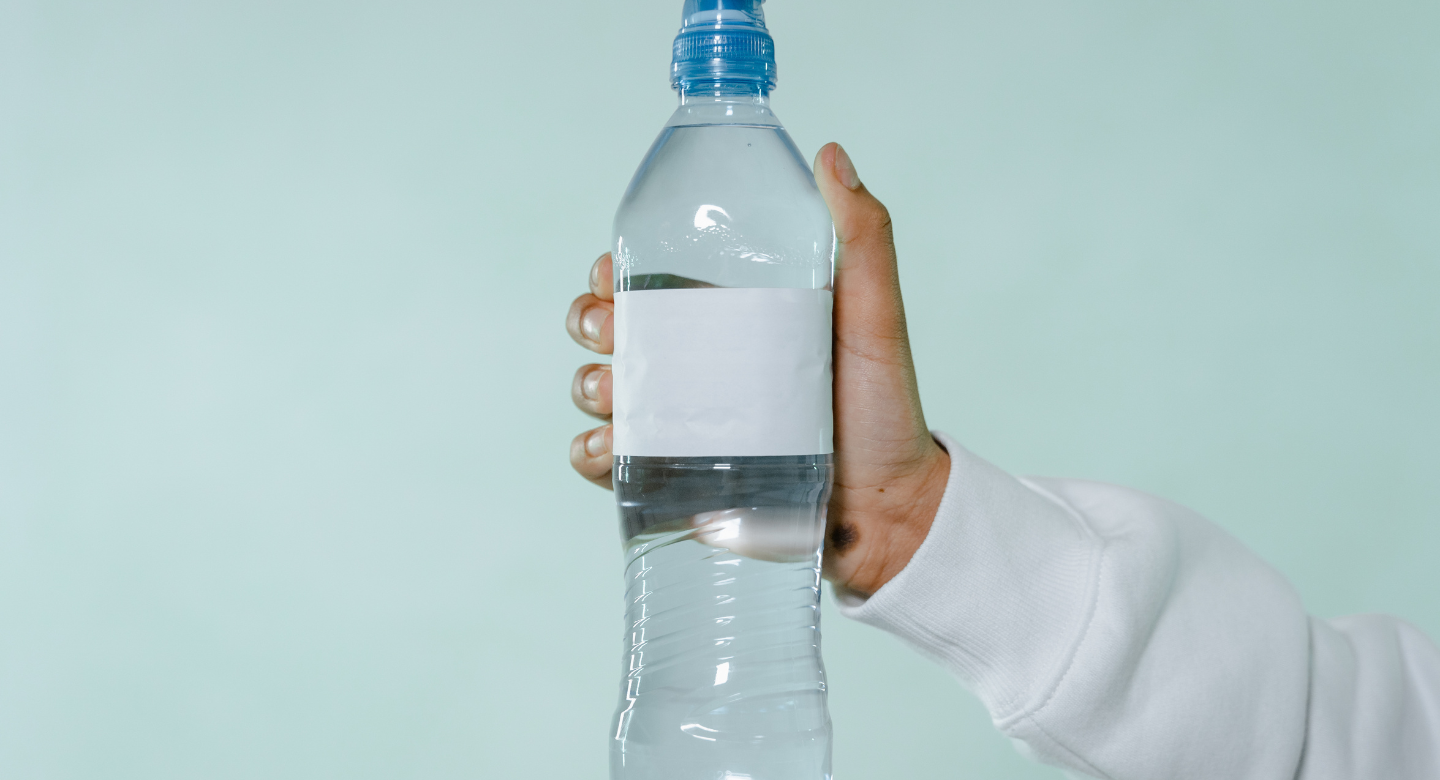
- What happens?
Once you buy a plastic bottle, you drink the water or other beverage inside. If you store the bottle in the fridge, it uses electricity to keep it cold. Some people refill and reuse bottles multiple times before discarding them.
- Carbon impact?
If the bottle is kept in a refrigerator for hours or days, it increases energy consumption. The longer it stays in the fridge, the higher the electricity usage, adding to CO₂ emissions. Reusing the bottle a few times helps reduce the need for new plastic bottles, but eventually, every bottle reaches the disposal stage.
CO₂ Emissions: 5g CO₂ (if stored in a fridge)
Step 5: Disposal
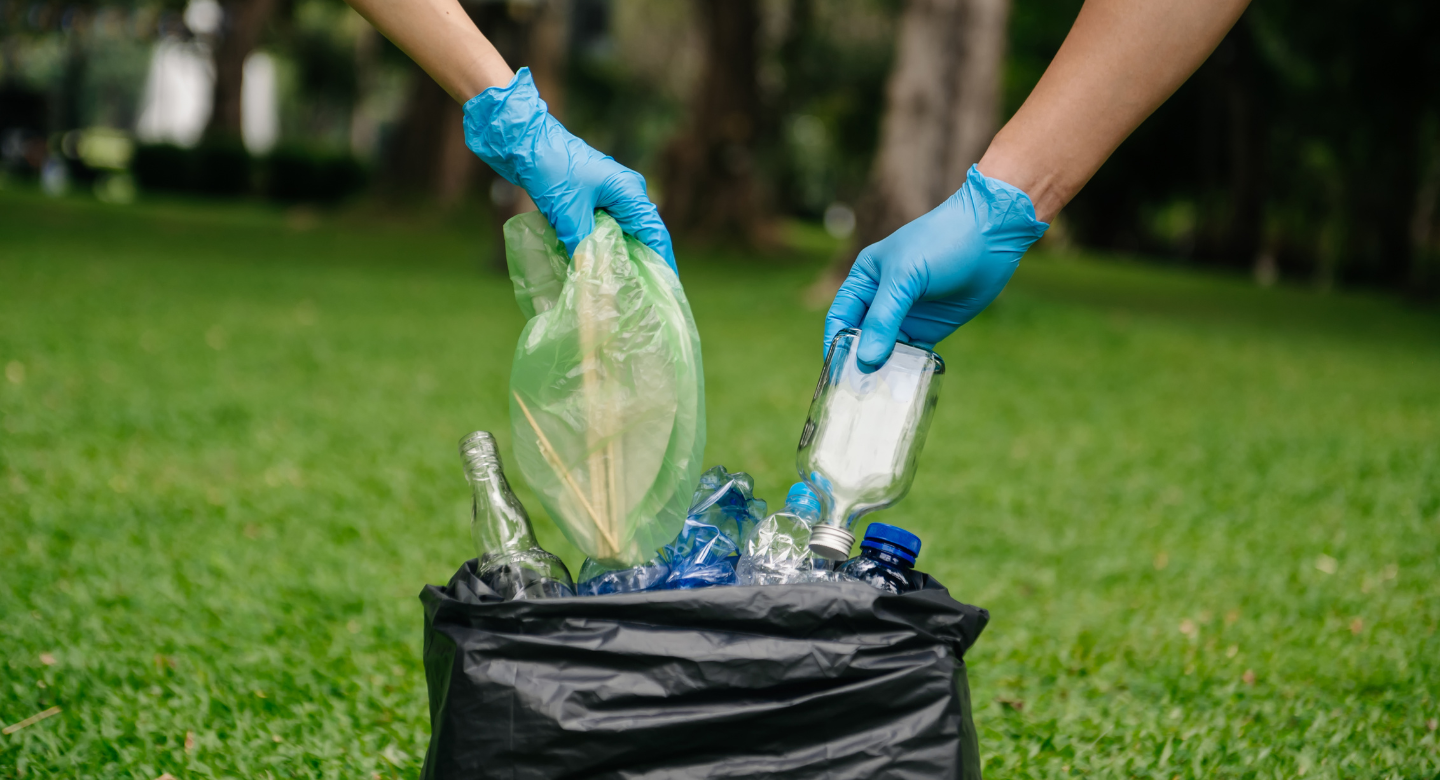
- What happens?
After use, the bottle is either recycled, thrown into a landfill, or burned in an incinerator. Recycling gives the plastic a second life, while landfill disposal leaves it to sit for hundreds of years. Incineration burns the plastic, turning it into energy but releasing pollutants.
- Carbon impact?
Recycling: Uses energy but reduces the need for new plastic (10g CO₂)
Landfill: Very slow to decompose, produces methane (30g CO₂ over time)
Incineration: Burns and releases CO₂ immediately (60g CO₂)
Total Carbon Footprint of One Plastic Bottle
Approximately 185:245g CO₂ per bottle, depending on how it’s disposed of.
Case Studies & Real-World Impact for Plastic Bottle
In India, corporate initiatives and individual contributions have significantly influenced the integration of sustainable practices within the adventure tourism sector.
- Adventure Tour Operators Association of India (ATOAI): ATOAI has been instrumental in promoting responsible adventure tourism by establishing safety guidelines and conducting training programs focused on first aid and sustainability. Their emphasis on the ‘Leave No Trace’ principle encourages both operators and travelers to minimize environmental footprints.
- Ministry of Tourism’s Sustainable Initiatives: The Indian Ministry of Tourism has launched various programs under its National Strategy for Sustainable Tourism, including the ‘Travel for LiFE’ campaign. This initiative aims to raise awareness about sustainable tourism and encourages both tourists and businesses to adopt eco-friendly practices.

Individuals and Organizations Making a Difference:
- Madhur Jain and Varaha: Madhur Jain, CEO of Varaha, has pioneered efforts in sustainable agriculture by incentivizing smallholder farmers to adopt regenerative practices. By quantifying and monetizing the carbon emissions prevented, Varaha has engaged over 80,000 farmers, sequestering an estimated 1.7 million metric tons of CO₂.
- Spiti Ecosphere: Operating in the Spiti Valley, this social enterprise promotes sustainable tourism by integrating conservation with local community development. Their initiatives offer travelers immersive experiences while contributing to the environmental preservation and socio-economic growth of the region.
Actionable Steps for Travelers & Outdoor Enthusiasts to Reduce Plastic Bottle Waste

- Carry a Reusable Water Bottle: Invest in a durable, BPA-free stainless steel or collapsible silicone bottle instead of buying single-use plastic bottles.
- Use Water Purification Methods: Carry a portable water filter, purification tablets, or a UV sterilizer to safely drink from natural water sources without using plastic bottles.
- Choose Eco-Friendly Gear: Opt for backpacks, jackets, and accessories made from recycled plastic bottles or sustainable materials like organic cotton and hemp.
- Stay at Sustainable Lodges & Camps: Book accommodations that promote refill stations, reduce plastic waste and follow eco-conscious practices.
- Participate in Clean-Up Drives: Join or organize clean-up drives on trails and campsites to pick up and properly dispose of plastic waste, ensuring nature stays pristine.
- Practice Waste Management: Carry a reusable trash bag to collect your waste and segregate recyclables while trekking or traveling.
- Upcycle and Reuse: Instead of discarding plastic waste, upcycle it into creative DIY projects like plant holders, storage containers, or eco-bricks.
- Support Sustainable Brands: Buy gear and essentials from companies committed to sustainability, such as those using recycled materials or funding conservation efforts.
- Spread Awareness: Educate fellow travelers on responsible travel habits, the impact of plastic pollution, and how small changes can make a big difference.
- Advocate for Change: Encourage tour operators, hotels, and adventure companies to adopt plastic-free policies and provide alternatives like filtered water stations.
Conclusion
The 3Rs of sustainability for plastic bottles—Reduce, Reuse, and Recycle—offer a simple yet effective approach to minimizing this impact. By reducing our consumption of single-use plastic bottles, switching to reusable alternatives, and supporting brands that promote sustainable practices, we can collectively decrease plastic waste. Reusing plastic bottles creatively extends their lifespan, preventing them from becoming pollutants. When reuse is no longer an option, proper recycling ensures that plastic waste is processed responsibly, reducing its presence in landfills and oceans. These small, conscious choices help maintain the beauty of nature while addressing the larger issue of plastic pollution.
Sustainability in travel and tourism goes beyond individual actions; it requires systemic change, industry commitment, and government regulations. Organizations and individuals are already making a difference by promoting responsible adventure tourism, eco-friendly travel practices, and plastic-free alternatives.
By adopting sustainable habits, participating in clean-up drives, and spreading awareness, travelers and outdoor enthusiasts can contribute to a cleaner and healthier planet. The shift towards sustainability is not just a necessity but an opportunity to create a future where our love for exploration does not come at the cost of the environment.
Frequently Asked Questions (FAQs) on 3Rs of Sustainability for Plastic Bottle
Why are plastic bottles considered harmful to the environment?
Plastic bottles contribute to pollution, take hundreds of years to decompose, and often end up in landfills and oceans, harming wildlife and ecosystems.
How can reducing plastic bottle use help the environment?
By reducing plastic bottle consumption, we decrease plastic waste, lower carbon emissions from production and transportation, and prevent plastic pollution in nature.
What are some eco-friendly alternatives to plastic bottles?
Reusable options like stainless steel, glass, and collapsible silicone bottles are great alternatives. Some brands also offer plant-based or recycled plastic bottles.
How can I reuse plastic bottles instead of throwing them away?
You can refill and reuse bottles multiple times, repurpose them as plant pots or storage containers, or use them for DIY projects like vertical gardens and handwash stations.
What is the best way to recycle plastic bottles?
Rinse the bottle, remove labels, and place it in designated recycling bins. Check recycling codes to ensure the bottle is accepted by your local recycling facility.
What regulations exist in India to control plastic bottle waste?
The Bureau of Indian Standards (BIS) and the Food Safety and Standards Authority of India (FSSAI) regulate plastic bottle quality, while Extended Producer Responsibility (EPR) requires companies to recycle plastic waste.
How does the carbon footprint of plastic bottles impact the environment?
Each plastic bottle produces around 185–245g of CO₂ emissions throughout its lifecycle, from raw material extraction to disposal, contributing to climate change.
What actions can travelers take to reduce plastic waste?
Travelers can carry reusable bottles, use water purification methods, stay at eco-friendly lodges, participate in clean-up drives, and support sustainable brands.
What role do companies and tourism organizations play in reducing plastic waste?
Organizations like the Adventure Tour Operators Association of India (ATOAI) and the Ministry of Tourism promote responsible tourism by encouraging plastic-free policies and sustainable travel practices.
How can I spread awareness about plastic waste reduction?
You can educate others about sustainable travel, share information on social media, participate in community clean-ups, and encourage businesses to adopt eco-friendly practices.


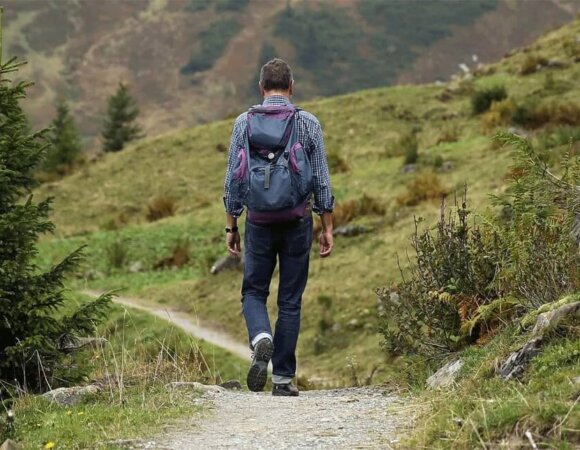




[…] 3Rs of Sustainability for Plastic Bottle […]
[…] 3Rs of Sustainability for Plastic Bottles […]
[…] 3Rs of Sustainability for Plastic Bottles3Rs of Sustainability for Plastic Bags3Rs of Sustainability for Plastic Cutlery […]
[…] 3Rs of Sustainability for Plastic Bottles3Rs of Sustainability for Plastic Bags3Rs of Sustainability for Plastic Cutlery […]
[…] 3Rs of Sustainability for Plastic Bottles […]
[…] 3Rs of Sustainability for Plastic Bottles […]